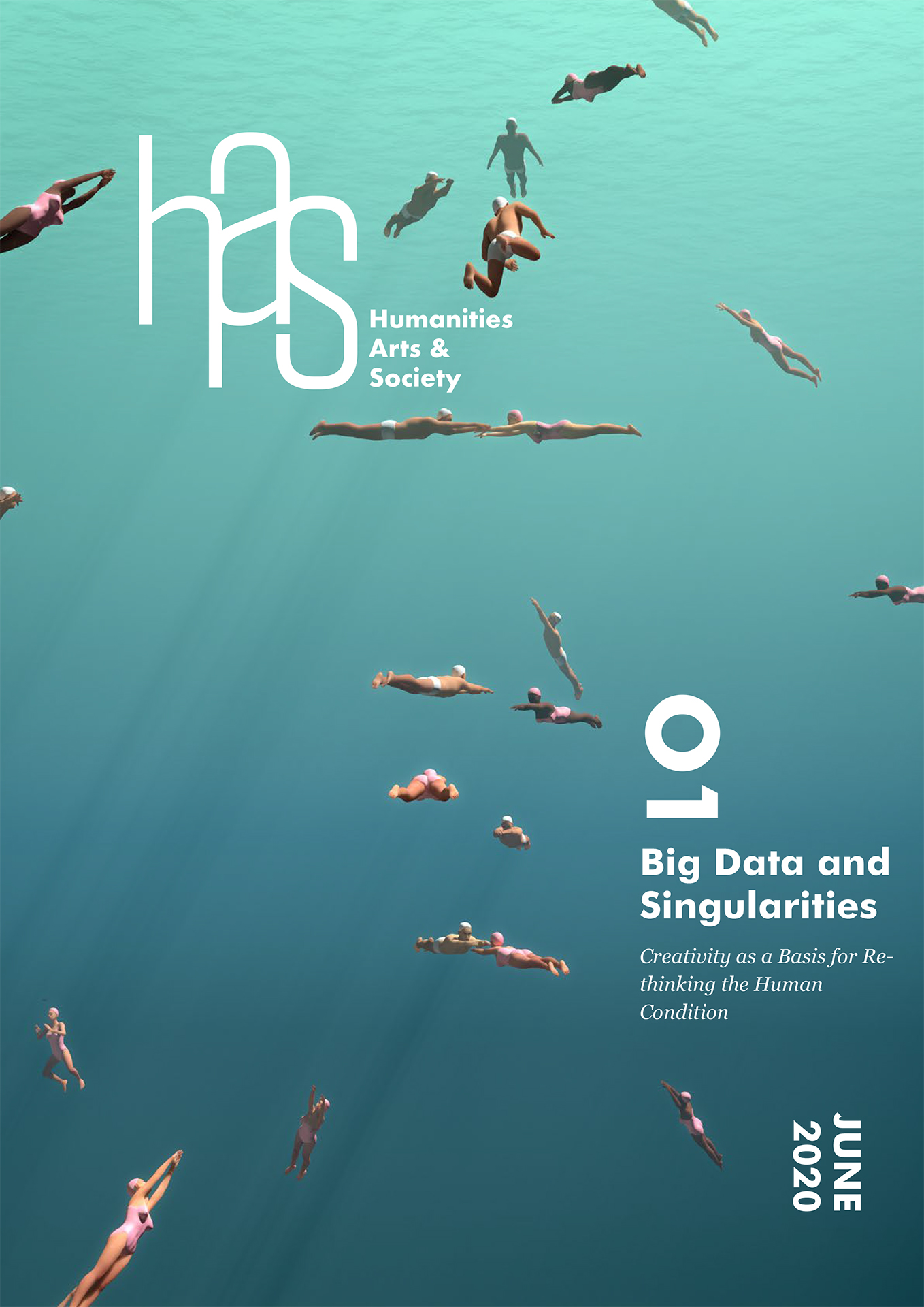
To answer the Edge 2015 question – What do you think about machines that think? – we should start by knowing a little bit about ourselves, about who we are. So let’s begin by talking about our most significant organ: the brain. A simplified schema of this extremely complex structure divides it into three parts: the cortex (responsible for rational processes), the limbic (supporting functions including emotion and motivation), and the reptilian (where our most fundamental and primitive drives reside: survival and reproduction).
The debate about how to think about thinking machines tends to gravitate towards our cortical and limbic brains; which is barely the tip of the iceberg. The cortex allows us to more accurately assess the costs-benefits that Al carries regarding things like the relative costs to business of human versus robot labour and the relative value of human versus digital capital, as well as concerns about bioethics, privacy and national security. It also gives us the capacity to plan and foresee, attracting more and better funding to research and development, and define public policy priorities.
In parallel, our limbic brain helps us to take precaution and respond with fear or excitement towards the risks, opportunities or dangers of developing Al. In this case, the panacea and the technophobia become immediate emotional reactions. The common fears include those of being manipulated and of being replaced by machines, leaving us unemployed, and the perceived opportunities include machines greatly expanding our memory and making all the daily tasks of life easier.
But in considering what we think of the prospect of machines that truly think, we must also be aware of the powerful—even dominant—role of the reptilian brain in thinking. This means becoming aware of our most primitive responses, our most territorial and emotive way of thinking about the concepts of “thinking,” “machine,” “robot,” “intelligence,” “artificial,” “natural,” and “human.” The primary preoccupation of the reptilian brain is survival, and though it’s not generally said, the quest for survival is at the heart of our hopes and fears about thinking machines.
However, when we study ancient archetypes, literature and the projections in the contemporary debate reflected in the Edge 2015 question, a recurrent subconscious instinctive appears, the reptilian binomial: Death vs. Immortality.
Our fear of death is, without a doubt, behind the collective imagination of robots that can reproduce and that, with their thinking omnipotence, will betray and destroy their creators. Such machines seem to post the most horrifying danger: that of the extinction of everything that matters to us. But our reptilian brains also see in them the saviour, hoping that super- intelligent machines will offer us eternal life, and youth. We can see intimations of these ways of thinking embedded in our language. While in English the terms robot and machine are genderless, the Latin languages, as well as German, differentiate the word el robot as masculine, dangerous and fearsome; while la máquina is feminine, protective and caring.

National Museum of Anthropology,
Mexico
Jeremy Bentham defined man as a rational being, but we know we are not. All people sometimes think, and act, in irrational ways due to the power of the reptilian brain, and the reptilian drives have been and remain at the heart of the evolution of intelligence. Feeling is what is most profound about thinking. Therefore, a machine that grows exponentially in its velocity of data processing every eighteen months, that defeats natural intelligence in a game of chess or jeopardy by sorting through a zillion options move by move, and that can accurately diagnose diseases, is highly impressive, but it’s a term that is too distant and limiting to what it means to think.

In order to achieve the dream for thinking machines, they will have to understand and question values, suffer internal conflicts, and experience intimacy. An approach that gives us machines that empathetically imitate our facial expressions and emotions, that more quickly process vast quantities of data, and that have a greater connectivity between our neurons and AI’s, is neither a necessary nor a sufficient condition that we are on the right path. Therefore, in thinking about machines that think, we should ask ourselves reptilian questions, such as: Would you risk your life for a machine? Would you let a robot be a political leader? Would you be jealous of a machine? Would you pay taxes for a robot’s well-being? Would you put tulips on your robot’s tomb? Or even more important… Would my robot put tulips on my tomb?
Acknowledging the power of the reptilian in our thinking about machines that think helps us to see more clearly the implications, and nature, of a machine that genuinely is able to doubt and commit, and the kind of AI we should aspire to. If our biology designed culture as a tool for survival and evolution, nowadays our natural intelligence should lead us to create machines that feel and are instinctual; only then will immortality overcome death.
Originally published in the anthology WHAT DO YOU THINK ABOUT MACHINES THAT THINK? Edge Question Series, Edited and published by Harper Perennial
Andrés Roemer is President of the think tank Poder Civico, Curator and Founder of the international festival, Ciudad de las Ideas, and UNESCO Goodwill Ambassador for Societal Change and the Free Flow of Knowledge. He is a writer, philanthropist, human rights activist and scholar with a Ph.D. in Public Policy.
Andrés Roemer is President of the think tank Poder Civico, Curator and Founder of the international festival, Ciudad de las Ideas, and UNESCO Goodwill Ambassador for Societal Change and the Free Flow of Knowledge. He is a writer, philanthropist, human rights activist and scholar with a Ph.D. in Public Policy.
